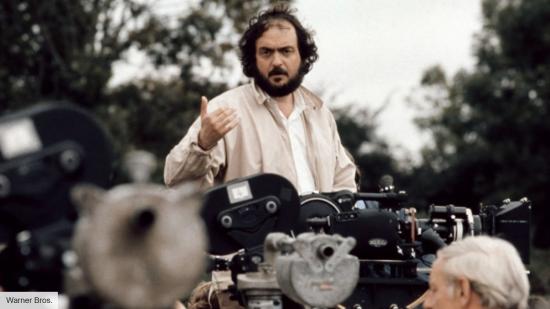Stanley Kubrick may have died with just 13 feature films to his name, but he made damn sure that every one of them left its mark on the world of cinema. The legendary director is regarded by many as the greatest filmmaker to ever live, but what is most fascinating about Kubrick is the diverse filmography he produced, spanning many different genres throughout his career. Kubrick didn’t just dabble in genre work though, he made some of the best movies of all time and mastered the art of filmmaking at every turn.
Well, almost every turn. The man himself was very critical of his feature debut, Fear and Desire, describing the war movie as “a serious effort, ineptly done,” and “a presumptuous failure.” Kubrick was perhaps too harsh, and although his first film didn’t succeed at the box-office, it was met with mildly positive reviews.
Nevertheless, it would be a mere four years and three movies later, before Kubrick truly showed what he was capable of. After the relative success of his noir crime movies Killer’s Kiss and The Killing, Kubrick would return to the world of war with Paths of Glory, and the result was phenomenal.
Paths of Glory would ultimately spark an incredible run of ten movies from Kubrick that could each be considered the best in their respective genres. The 1957 effort may have seen Kubrick explore the horrors of war once again, but at its heart, this was a searing courtroom drama movie.
The first of two collaborations with A-list actor Kirk Douglas, Paths of Glory was the earliest real sign that Kubrick was capable of drawing the best out of his performers. Douglas may have been renowned for his more action-packed roles, but his disquieting portrayal of Colonel Dax is a perfect example of less-is-more sometimes being the best approach.
From the unbearable tension of the courtroom, to the brutal assembly of the firing squad, Paths of Glory is captivating, heartbreaking drama at its best. Perhaps the most memorable scene of all though, is in its closing moments.
While our faith in humanity may have been restored by Dax, we are quickly reminded that the tragedy of war is unabating when we see a young German woman wheeled out before an audience of rowdy soldiers. As she sings her beautiful song, and tears fall down her cheek, the crowd is silenced, and a 28-year-old Stanley Kubrick just stunned the world for the first time.
Songbird: The best musicals of all time
Kubrick would team up with Douglas once again just three years later for the historical epic Spartacus, a project he found himself on at the behest of Douglas himself. This was by far the biggest production of the filmmaker’s career to date, with a budget of $12 million, a reported 50,000 extras used throughout, and the final cut of the movie coming in at over three hours long.
The movie was a resounding critical success, and went on to win four Oscars. Spartacus was lauded as a technical marvel, the scale of which had rarely been achieved at the time, and proved that Kubrick could handle the demands of a large production.
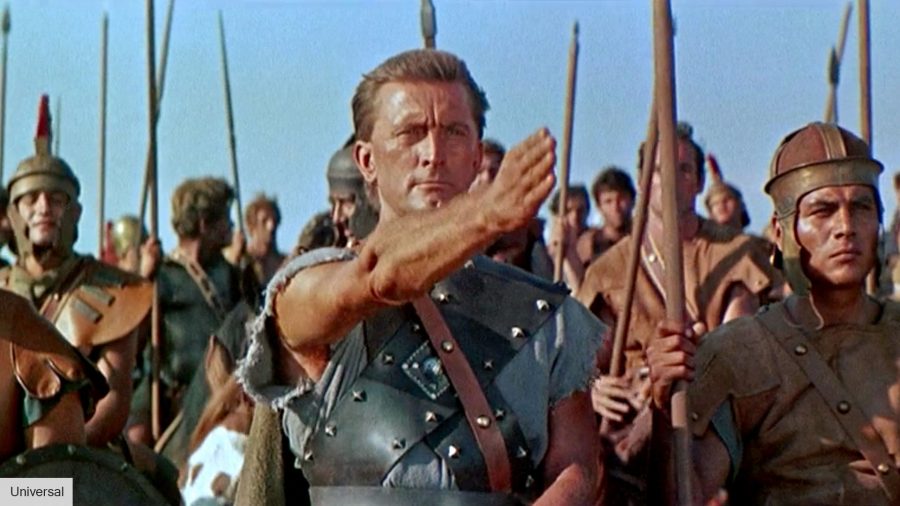
Beneath the surface however, tensions on set ran high, with Kubrick’s notoriously meticulous approach creating conflict between cast and crew. Cinematographer Russell Metty walked off the set after complaining that Kubrick wouldn’t let him do his job, Kubrick and Douglas clashed too, and the director was reportedly unhappy with the restrictive working conditions.
Despite the issues, it’s what’s on screen that counts, and Spartacus is undoubtedly a crowning achievement in the realm of biographical movies. In fact, Spartacus would ultimately prove to be a real turning point for Kubrick, who demanded complete creative control on all his projects from then on.
Kubrick’s subsequent project was the highly controversial romance movie Lolita, a story that many deemed impossible to translate from page to screen. The movie based on a book is not regarded as top-tier Kubrick, but that is more testament to the unbelievable quality of his work rather than a reflection of Lolita itself.
Next, Kubrick decided to try his hand at a comedy movie, and quite frankly, made one of the funniest, most intelligent comedies of all time. The razor-sharp humour of Dr. Strangelove or: How I Learned to Stop Worrying and Love the Bomb found the funny in Cold War tensions and nuclear destruction, in ways that only Kubrick could.
Love to laugh: The best rom-coms of all time
Dr. Strangelove was a distinct pivot from Kubrick’s previous work, leaving behind his roots in noir crime and illicit affairs to tackle dark comedy instead. This was arguably Kubrick’s most adventurous project so far, and, clearly relishing the change of pace, he introduced real flair and experimentalism into his visual work.
The true test of the comedy movie is surely in its ability to stand the test of time, and Dr. Strangelove most certainly holds up nearly 60 years later. If anything, the themes of global annihilation are even more prescient today as they were in the ’60s, yet we can still find joy in the absurd, satirical shenanigans of the War Room.
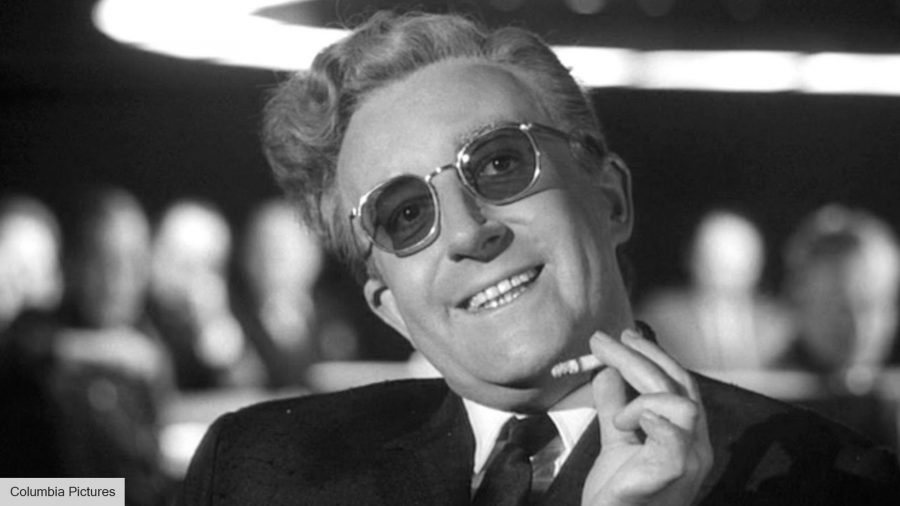
It was four years before Kubrick’s next film, but it was worth the wait and then some, as he produced the finest science fiction movie of all time with 2001: A Space Odyssey. A movie so convincing that many theorise Kubrick even shot the moon landing footage of 1969.
The director’s voyage through the evolution of man is the benchmark against which all filmmakers still work towards to this day. Space Odyssey is the product of a filmmaker utilising every skill at his disposal and exercising absolute creative control.
Life in our universe: The best alien movies of all time
Kubrick’s concoction of futuristic visuals, classical music, and mind-shattering existentialism comes together in remarkable fashion in what is arguably the auteur’s pièce de résistance.
The scale of Space Odyssey is immense, putting Spartacus to shame. The high-concept story spanning from the dawn of man, to the rise of artificial intelligence, ripping right through the very fabric of time and space is one of the most ambitious ever to be put to screen, and it’s executed to perfection.
It’s almost unthinkable to conceive how a movie like this could be made in 1968, and still look so impressive so many years later. Before the likes of Star Wars and Blade Runner, 2001: A Space Odyssey laid the template for an entire genre to come. Indeed, the iconography of this movie will live forever.
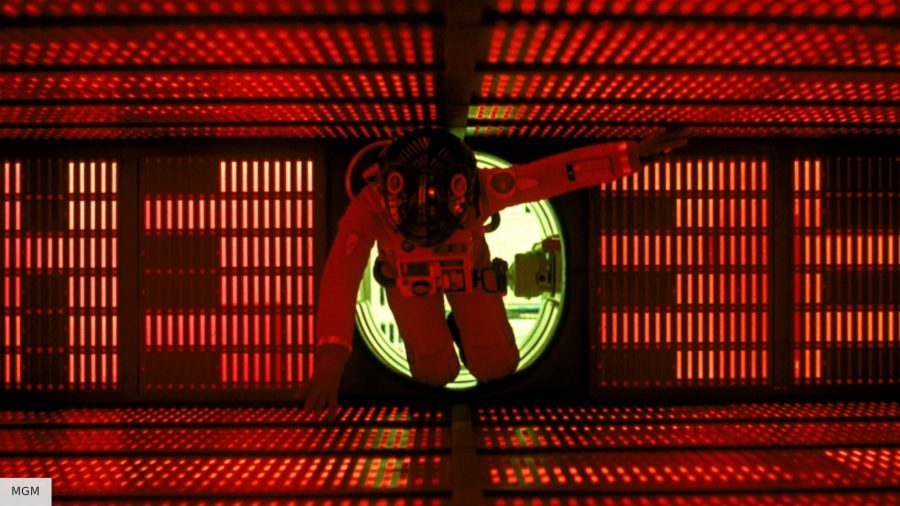
If audiences thought Lolita was controversial, they had another thing coming when Kubrick tackled the dystopian tale of A Clockwork Orange. Kubrick’s stylish depiction of ultraviolence and social anarchy pushed the boundaries of what was acceptable to be seen on screen, and the director even made the decision to pull the film from public viewing in Britain from 1973 until the day he died.
Kubrick’s gritty vision of a future plagued by a youth obsessed with sexual deviance and a lust for crime is a far cry from his colourful journey through space three years earlier, with the director embracing a brutalist visual style. This is Kubrick at his most uncompromising, intent on unsettling and provoking his audience with a no-holds-barred approach to social commentary.
Fact or fiction: The best movies based on a true story
Incredibly, Kubrick followed this up with perhaps his most beautiful of films, with the period drama Barry Lyndon forming the perfect antidote to the bitterness of Alex DeLarge and his Droogs. When people talk about movies where “every frame is a painting,” this sprawling portrait of a young Irish rogue turned aristocrat is exactly what they mean.
The stunning cinematography is no happy accident either; Kubrick intentionally employed the use of candlelight and unique, custom-made cameras to capture the essence of life in 18th Century England. Kubrick was not just a master of direction, he was a technical genius too, and knew everything there was to know about the tools of his trade.
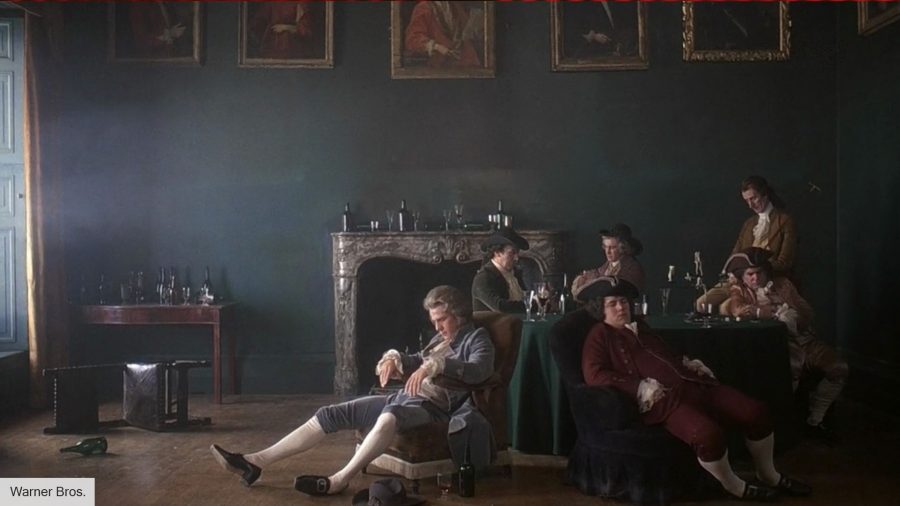
By 1980, Kubrick had perfected the art of adapting literature for his silver screen endeavours, but his most difficult translation came in the shape of Stephen King’s The Shining. The director may have taken us into outer space, but there was very little chance that he would be able to bring hedge animals to life, so he tweaked aspects of King’s story to suit his needs.
Those who are more protective over the source material may question Kubrick’s creative licence, but there can be no doubts that The Shining stands among the best horror movies of all time. His gruelling methods too, are more than questionable, but it has to be said that he always gets the best out of his actors; Jack Nicholson’s turn in The Shining is the best performance of all time, if you ask me.
Stanley Kubrick’s chilling ghost movie is laden with impeccable shot composition and edge-of-your-seat set pieces that are seared into your mind for life. Scenes like Jack swinging his axe through the door or the blood gushing from the elevators of The Overlook Hotel are instant classics, but the vast array of visual and aural horror seeping from every moment in The Shining is breathtaking.
Up to this point in his career, Kubrick had exhibited his fluidity between genres to great effect, and had shown that he could get the best out of his cast and his camera. While 2001: A Space Odyssey may be a technical triumph and Kubrick’s most awe-inspiring piece, it is The Shining which truly feels like it has the mark of a master at work.
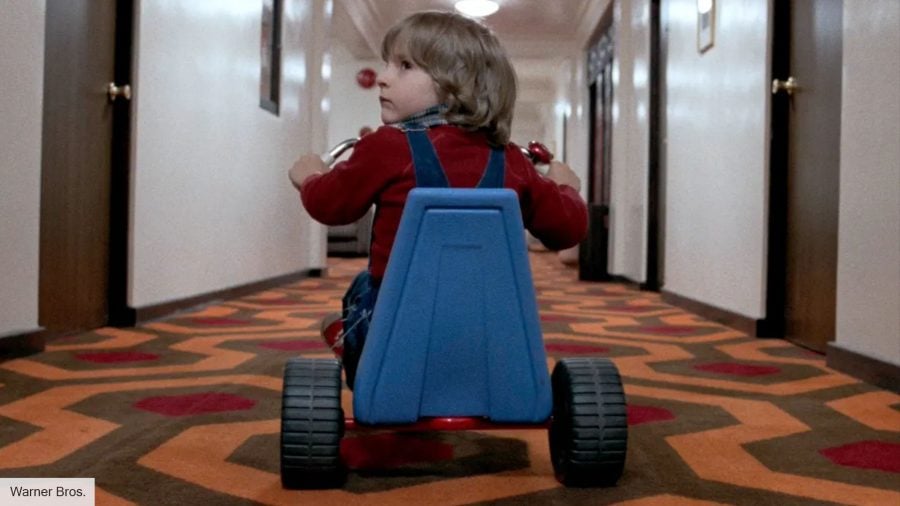
Seven years passed before Kubrick’s next venture, and Full Metal Jacket saw the director return to the one thematic element that he couldn’t help but keep revisiting – war. Despite his repeated dalliance with the concept of conflict, the ‘80s movie was by far Kubrick’s most immersive offering from the battlefield.
Full Metal Jacket offers none of the relative comfort of a courtroom drama or the frivolity of the War Room, this is a boots-on-the-ground, brutal, and unflinching dive into the chaos of the frontline. The idea of authenticity was crucial for Kubrick – right down to casting R. Lee Ermey, a genuine Gunnery Sergeant – and the resulting picture is a sensory experience.
All guns blazing: The best action movies of all time
As we watch Private Joker navigate his journey from bootcamp to the battlefield, you can almost taste the dirt, you can feel the vibration of bullets and bombs, you can smell the blood, the sweat, and the tears. Very few have managed to capture war in such a way, but Kubrick was unlike any other filmmaker.
Kubrick once again flexed his technical nous, calling for the development of a special lens which would allow all the recruits in the barracks to remain in focus at any given time. He wanted every recruit to be treated equally, and while most would simply find a way to display this narratively, Kubrick needed more and constantly strived to advance filmmaking equipment to better serve his stories.
And now, we come to the final film in this illustrious career, the erotic thriller movie Eyes Wide Shut. There was a huge 12 year gap between Full Metal Jacket and Kubrick’s final foray into the world of filmmaking, and tragically, he wouldn’t even get to see his last hurrah on the big screen, passing away six months before the premiere.
It’s almost poetic that Kubrick would imbue this swansong picture with many facets from his past catalogue of work; the elegance of Barry Lyndon, the twisted pageantry of The Shining, the sexual and social semantics of A Clockwork Orange, the facetious conflict of Dr. Strangelove.
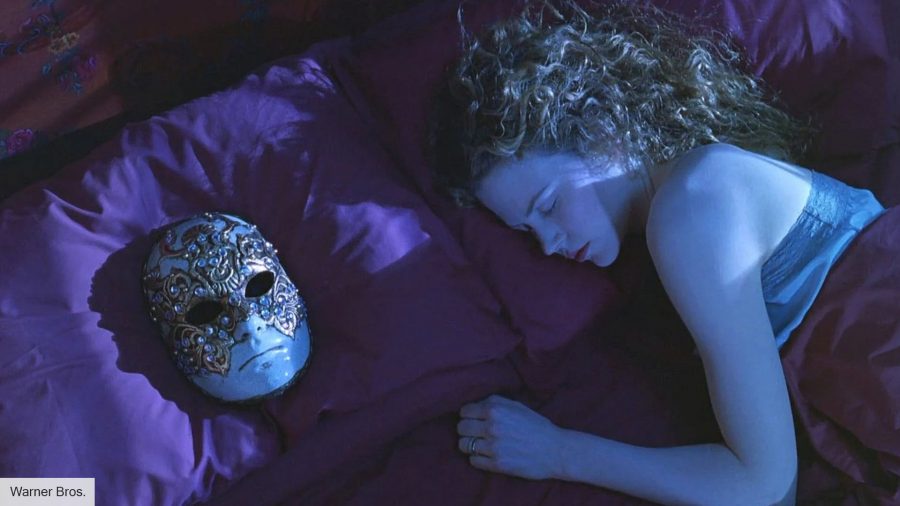
He pushed ‘90s movie stars Tom Cruise and Nicole Kidman to the edge of their comfort zones, eliciting some of their finest work from the very real tension between the pair. The two actors were so committed to Kubrick’s vision though, that they signed open-ended contracts; they were with him to the end of the line on this one, no matter how long it took.
Even at the age of 70, Kubrick had not lost any of his vivacity for filmmaking. Eyes Wide Shut is brimming with a wild energy that threatens to explode at any moment, and Kubrick threads the layers of intrigue and eroticism within his narrative inch-perfectly until their grand collision at the climax of the movie.
Cruise control: The best Tom Cruise movies
To wonder what else was to come from this legendary filmmaker is always going to be a curiosity for many, but ultimately, Stanley Kubrick gave us everything we could ever need. In just 13 films, Kubrick mastered the arena of war, perfected the art of comedy, and travelled the universe. He scared us, thrilled us, and romanced us. He truly was the greatest there ever was.
